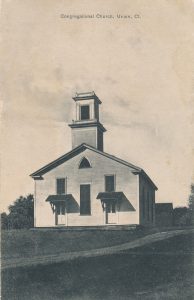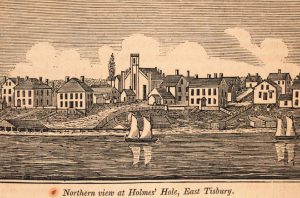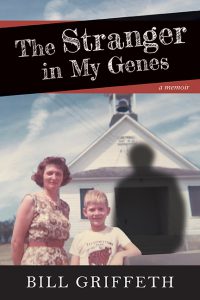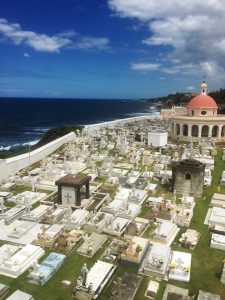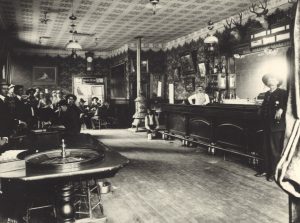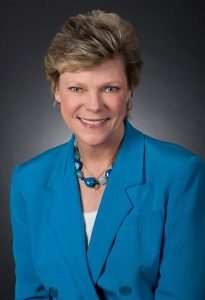
On October 27, NEHGS hosted a Family History Benefit Dinner featuring Bill Griffeth and Cokie Roberts, both accomplished news commentators and authors. Whereas Bill has written of his experiences with unexpected DNA results concerning his paternal side, Cokie has made a career of highlighting the lives of women in American history.
In honor of her accomplishments, the Society presented her with a Lifetime Achievement Award for History and Biography and a beautifully hand-bound book of her ancestors. As I compiled her robust genealogy, I worked to include the kinds of stories that would interest an author of female biographies. Continue reading The Other Half


